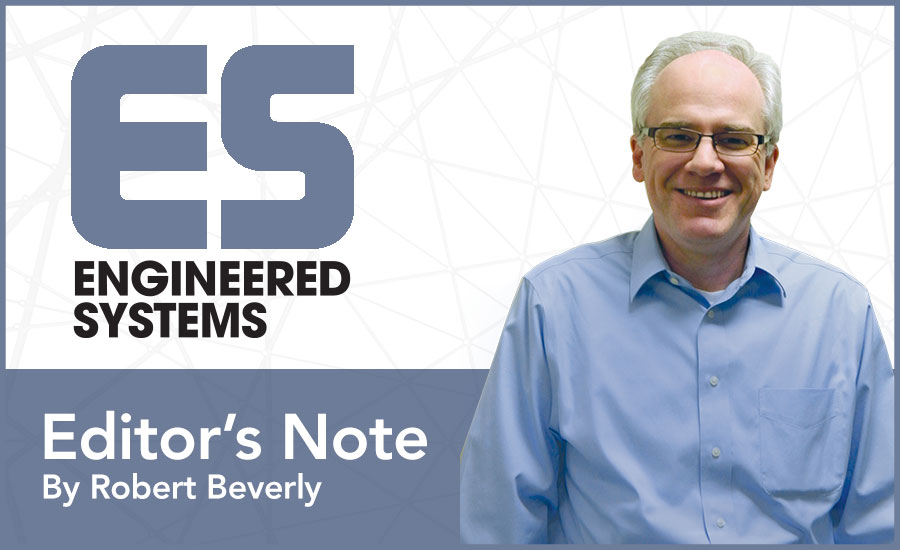We’ve been working double time this month to produce not only the issue of ES before you now, but also the spring edition of Today’s Boiler. That is the official publication of the American Boiler Manufacturers Association, and it also gets a facelift as of this month, thanks to a redesign and the first phase of some editorial additions.
The features themselves cover boiler-related accomplishments in locales ranging from the Ivy League to a penguin residency at the Detroit Zoo. On the technical side, you can pick up some expert guidance on codes for water level measurement instruments, steam plant preventive maintenance, and techniques for minimizing short-cycling losses. We’ve done a bunch of these over the last several years, and I’d say this issue is packed with more purely practical info than any of the previous issues.
If you didn’t see an issue included with your copy of ES, or even if you did, you can always browse the digital edition for issues current and past at www.esmagazine.com/boiler.
A Washington Wonder
I know many of us get more politics than is probably healthy for us, wanted or not, on a daily basis in this election season. So I’ll only swing by that part of the world to pass along a rare instance of relative consensus: the Senate passed the Energy Policy Modernization Act (S. 2012) last month by a tally of 85-12. I don’t need to tell you that in this climate, anything passing by that margin seems like a typo at first glance.
What would it do? Not enough for some tastes, and too much for others toward the further ideological edges of environmental and governmental discussion (e.g., Sierra Club and also the Heritage Foundation). The website www.govtrack.us described it thusly when it made a surprisingly decisive exit out of committee.
“The bill would create or improve several programs designed to increase energy efficiency in buildings, require significant upgrades to the electrical grid including large-scale storage systems for electricity, expedite liquid natural gas exports, loosen permitting rules for construction of natural gas pipelines on federal lands, provide subsidies for hydropower and geothermal, and permanently authorizing the Land and Water Conservation Fund.”
That first bit, plus some of the subsidy language and other late content pertaining to biomass, carries the most direct relevance for our audience. If the bill can clear its remaining hurdles, we will check back in with a closer look at the ramifications and opportunities for nonresidential building efficiency.
Been Happy With BIM?
This was an interesting tidbit across the desk last month: a study called the Building Design and BIM Products report “analyzed more than 275 verified user reviews for nine building design and BIM products platforms, ranking them by customer satisfaction and market presence. 3D/solid modeling tools and rendering tools received low average satisfaction ratings, at 77% and 72% respectively.”
As you know, the role of such modeling has only grown in the last decade, and our magazine has occasionally documented the savings in time and money that the technology can generate when used wisely in a project. But that leaves open the issue of how satisfied users are with the tools themselves. How could they work better for you? What are the common weaknesses? I’d enjoy hearing your opinions, so tell me what you think at beverlyr@bnpmedia.com. ES





